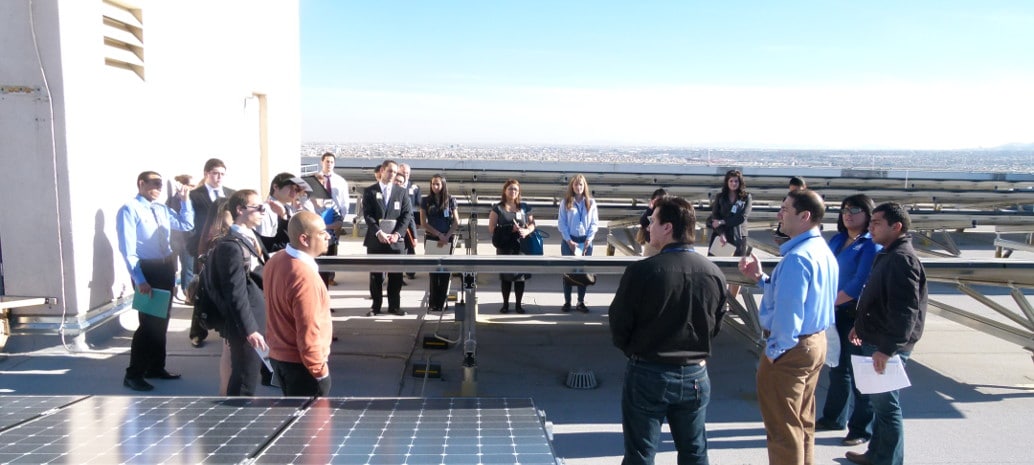The Smart Electric Power Alliance (SEPA) unveiled the latest product of its “51st State” initiative — a report designed to facilitate discussions between the solar industry and utilities to find mutually acceptable solutions to conflicts between them.
Blueprints For Electricity Market Reform is part of Phase II of SEPA’s 51st state initiative that began in 2014. SEPA’s 51st State Initiative is designed to give all interested energy stakeholders a place to collaborate, debate and discuss the future of electricity generation in the United States. In addition, the initiative strives to help utilities find new business structures that incorporate more solar in their portfolios — free from the often-contentious politics that surround these discussions on state levels.
SEPA Chief Strategy Officer Tanuj Deora says in the report’s introduction that the goal of the report was “to provide the industry a new set of concepts and tools that can be adopted across different markets and jurisdictions” based on common sets of values.
What the report offers is four foundational principles, a roadmap to create a “functional, feasible schedule” for reaching goals and FIAT, which stands for “flexibility, incrementality, affordability and transparency,” the last of which SEPA hopes will allow open, honest communications between stakeholders.
But the SEPA report, as thorough as it is, may run into the same problems other attempts at solar-industry standardization efforts have. With 50 different states – meaning potentially 50 different solar policies, hundreds of different utilities and 19,492 municipal governments, 16,519 township governments and 3.033 county governments, it won’t be easy to find enough common ground to work for everyone.
Still, it’s a conversation that must be had, said Julia Hamm, SEPA’s president and CEO — and she believes the report is just the first step.
“One of the key messages coming out of Solar Power International this year is that the energy-market transition is happening now, and we all ignore it at our peril,” Hamm said. “Utilities, solar organizations and policymakers must stay focused on positive solutions that benefit customers and the grid.”
This content is protected by copyright and may not be reused. If you want to cooperate with us and would like to reuse some of our content, please contact: editors@pv-magazine.com.








By submitting this form you agree to pv magazine using your data for the purposes of publishing your comment.
Your personal data will only be disclosed or otherwise transmitted to third parties for the purposes of spam filtering or if this is necessary for technical maintenance of the website. Any other transfer to third parties will not take place unless this is justified on the basis of applicable data protection regulations or if pv magazine is legally obliged to do so.
You may revoke this consent at any time with effect for the future, in which case your personal data will be deleted immediately. Otherwise, your data will be deleted if pv magazine has processed your request or the purpose of data storage is fulfilled.
Further information on data privacy can be found in our Data Protection Policy.